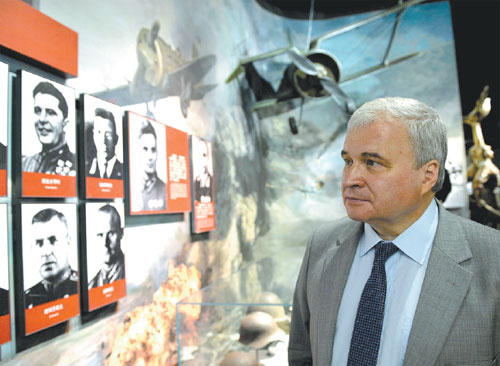Museum bears harsh testimony to history
Updated: 2015-07-16 07:51
By Tom Clifford(China Daily)
|
||||||||
History this way passed. The Lugouqiao, adorned with hundreds of lion figurines, near the Wanping Fortress in Beijing's Fengtai district - often referred to as the Marco Polo Bridge - still stands.
It's been renovated, but some of the paving stones that reverberated to the clacking hobnail boots of the Japanese Imperial army are still in place.
We are marking the anniversary of Germany's and Japan's surrender in 1945, but it is legitimate to suggest that the incident that sparked the conflict that became World War II occurred not in Poland in 1939 but in China, near this 11-arched bridge, in 1937.
Let's look at the undisputed facts. Japan occupied Manchuria in 1931. A wider invasion began in 1937, and by the time Japan surrendered in 1945, between 13 million and 20 million Chinese people had died. Refugees trying to flee the fighting numbered 100 million.
The incident, in fact a bloody skirmish between Chinese and Japanese troops, was ignited by reports of a missing Japanese soldier who was later found, sparked a wider Japanese invasion of China that took place on the outskirts of Beijing, and became known as the Marco Polo Bridge Incident.
Historians are re-evaluating the significance of what happened here and are beginning to view it as the first shots of what became World War II.
The conflict is referred to in China as the War of Resistance against Japanese Aggression (1937-45) and the Anti-Fascist War. Japan's expansionist policy of the 1930s, driven by the military, was to set up what it called the "Greater East Asia Co-Prosperity Sphere".

A sphere. Such a mundane word. The Great Victory and Historical Contribution exhibition at the Museum of the War of the Chinese People's Resistance Against Japanese Aggression, located inside the Wanping Fortress, was opened on July 7, 1987, on the incident's 50th anniversary. It shows the consequences of trying to establish the sphere.
Its air-conditioned halls display the relics of war - rusty rifles, machine guns and tattered tunics - and from the walls hang grainy black-and-white pictures that bear testimony to the brutality inflicted upon Chinese civilians.
More than 2,830 artifacts are on display, and 1,170 pictures. They assault the senses. A spiked metal cage to torture captives, images showing heads mounted on stakes and the disemboweled remains of a raped woman are painful to look at.
As I was leaving, scores of foreign diplomats were arriving to visit the museum in flag-adorned cars.
The Japanese prime minister, Shinzo Abe, is due to give a statement on Japan's wartime activities before Aug 15. It may be some time before a diplomatic car, with a red orb on a white background, parks outside the museum. History is still passing.
|
Russian Ambassador to China Andrey Denisov looks on Wednesday at photos of Soviet Union pilots who aided Chinese forces during the War of Resistance against Japanese Aggression (1937-45) at a museum near Lugouqiao, also known as Marco Polo Bridge. The bridge was the site of a gunbattle that sparked Chinese resistance 78 years ago. Wei Xiaohao / China Daily |
(China Daily 07/16/2015 page3)
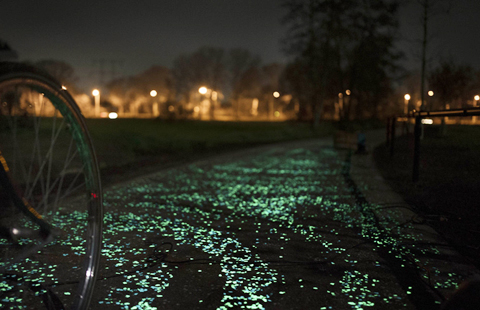
 Unusual but true: inspirational art lights the way
Unusual but true: inspirational art lights the way
 Jury decides Colorado theater shooter guilty
Jury decides Colorado theater shooter guilty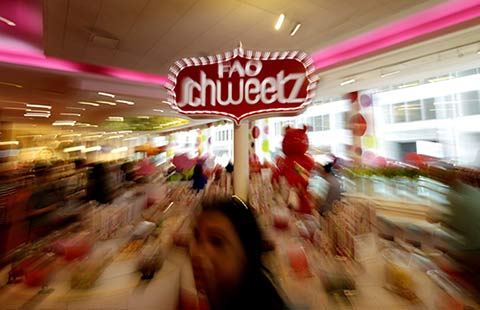
 Top 10 global cities in greenfield FDI
Top 10 global cities in greenfield FDI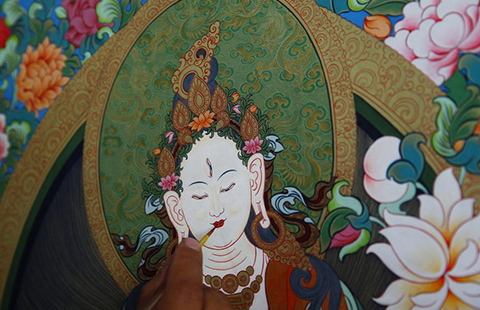
 Thangka art booms in Regong
Thangka art booms in Regong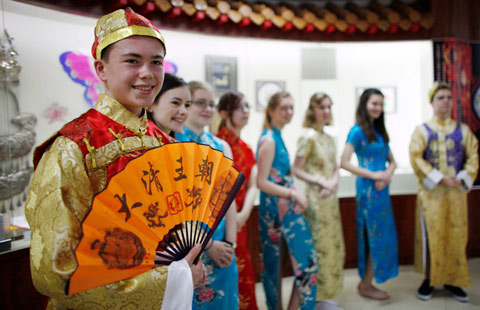
 UK students experience Chinese culture in Tianjin
UK students experience Chinese culture in Tianjin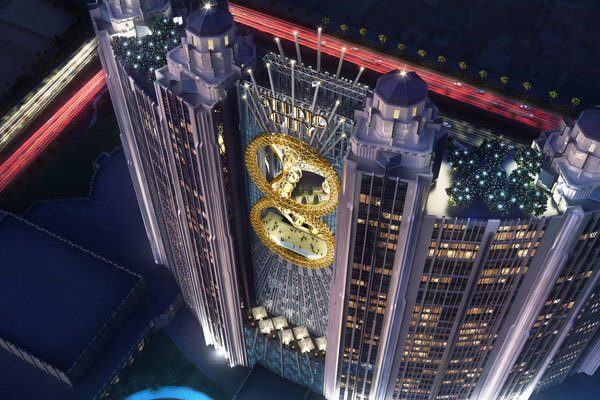
 World's first figure 8 Ferris Wheel to be opened in Macao
World's first figure 8 Ferris Wheel to be opened in Macao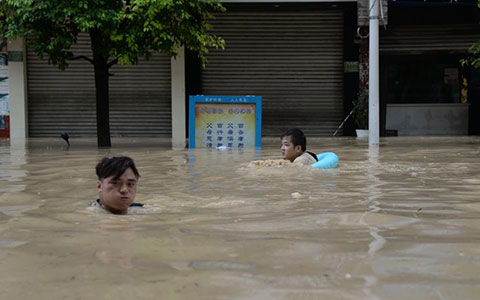
 Heavy downpour hits SW China
Heavy downpour hits SW China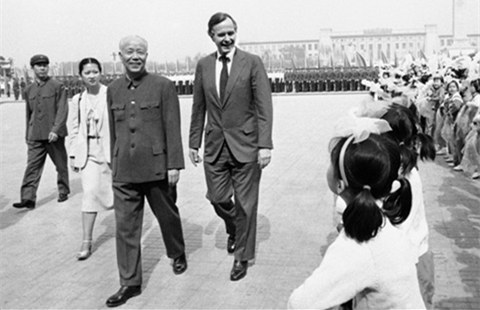
 Wan Li: A life in photos
Wan Li: A life in photos
Most Viewed
Editor's Picks

|

|

|

|

|

|
Today's Top News
China faults Japan's new security bills
Chinese national pleads guilty in Pennsylvania to test-taking scam
Industries should be on digital Silk Road to expand market
Lengthy rehab expected for elder George Bush
UN Security Council to vote Monday on endorsing Iran deal
China's GDP grows by 7%
Japan passes disputed bill
Petcoke called key in pollution fight
US Weekly

|

|
